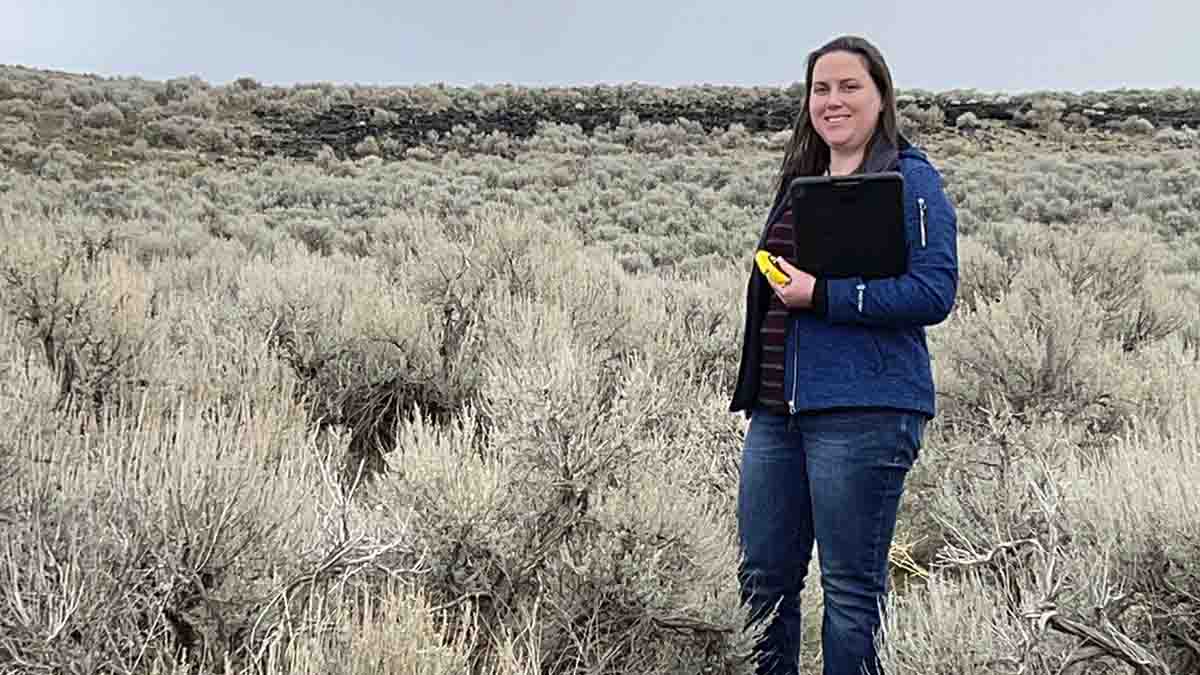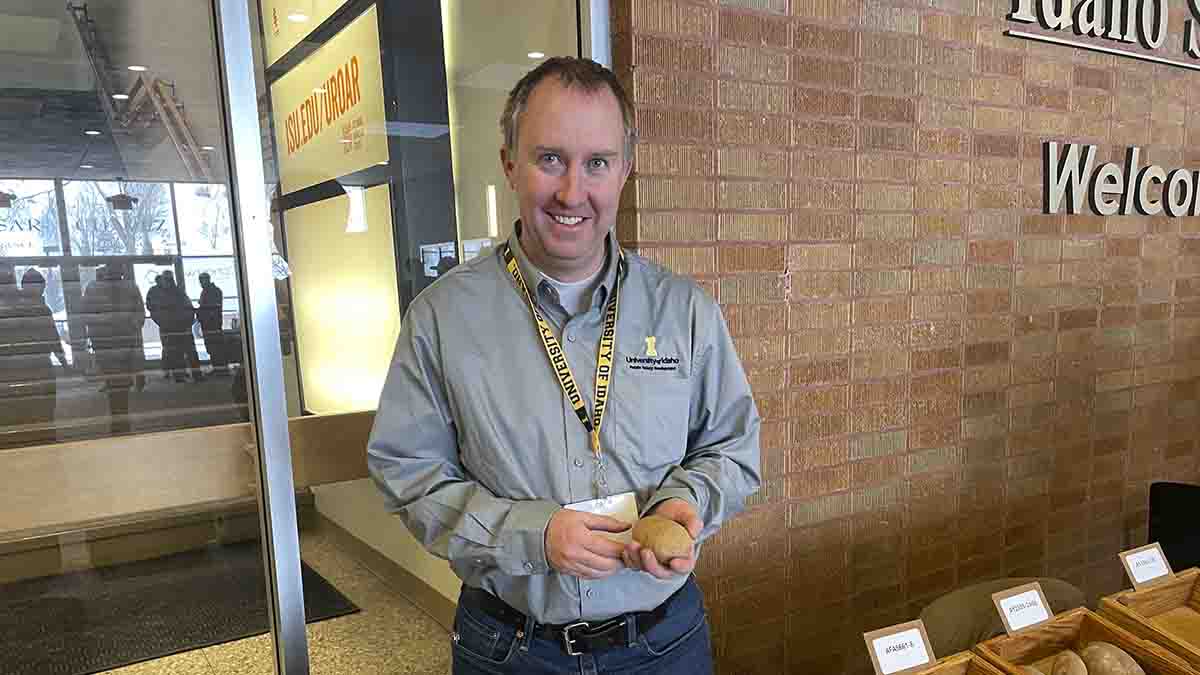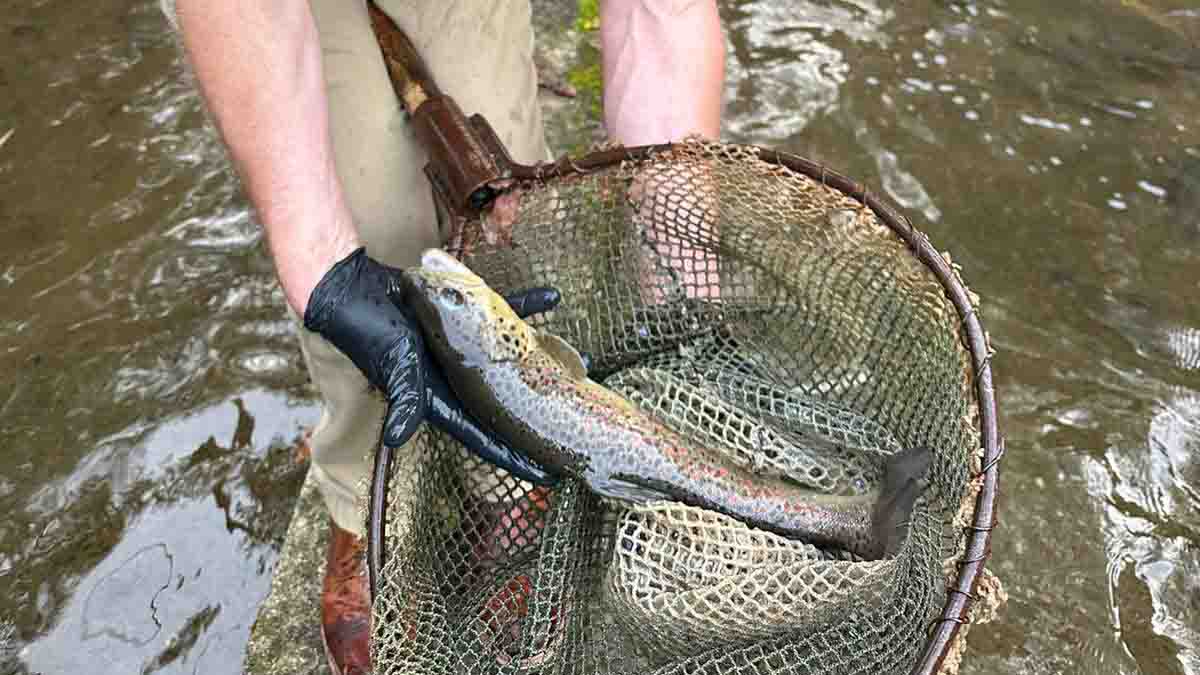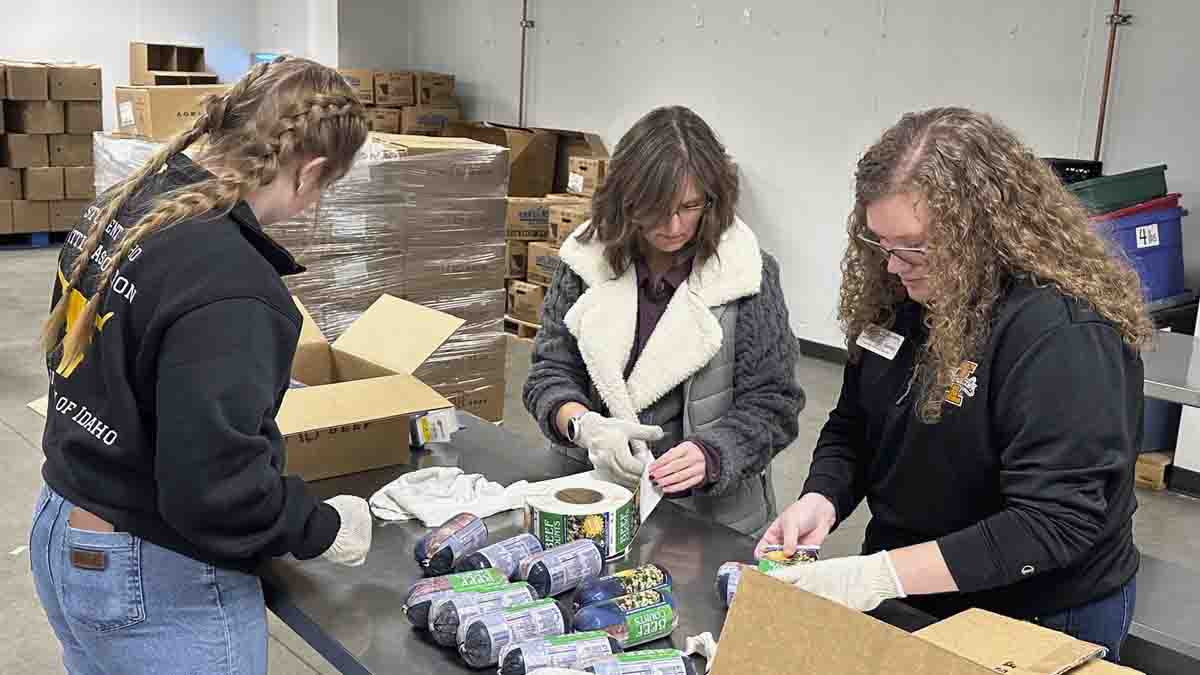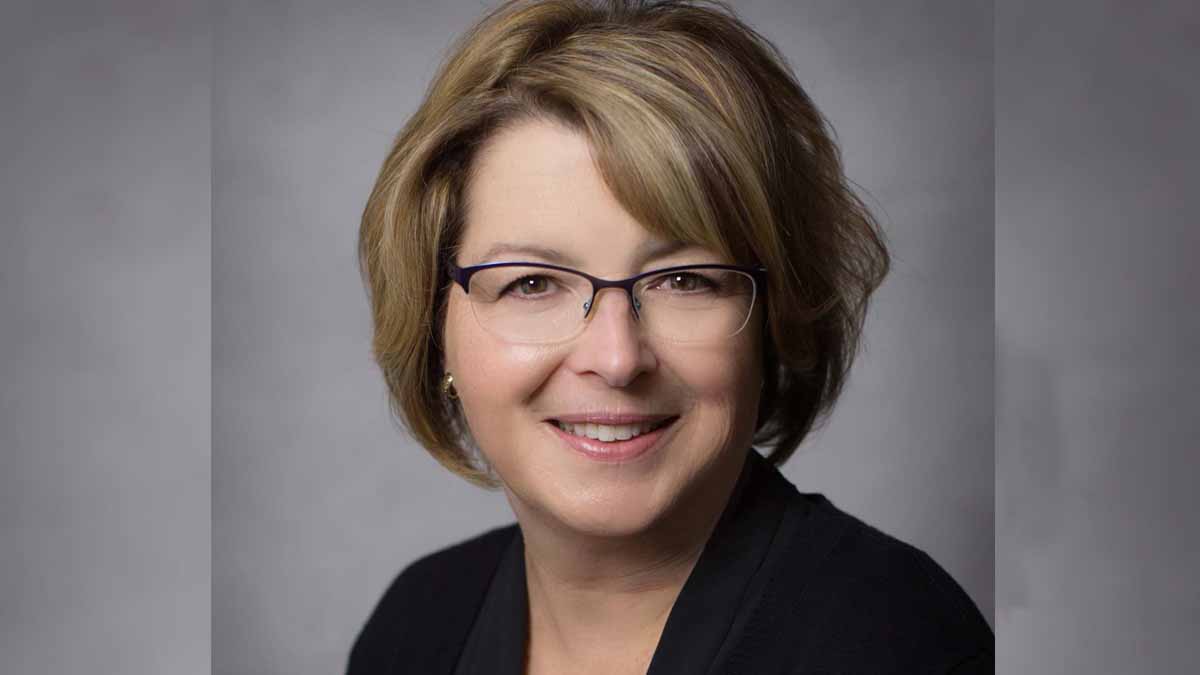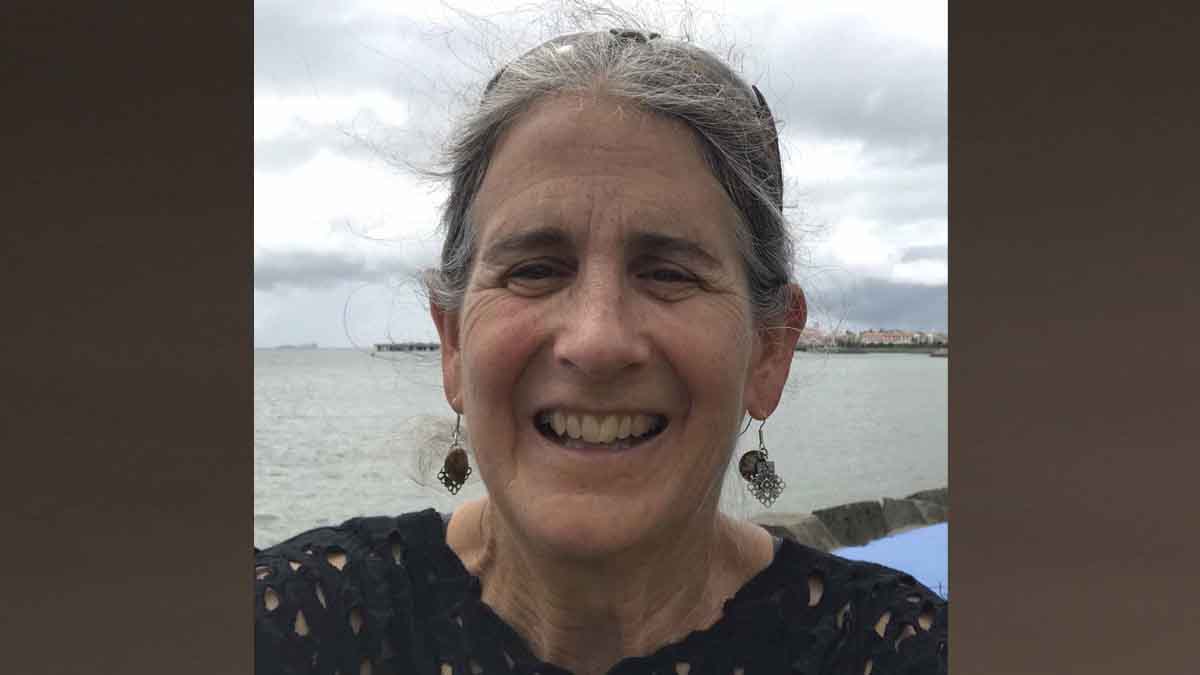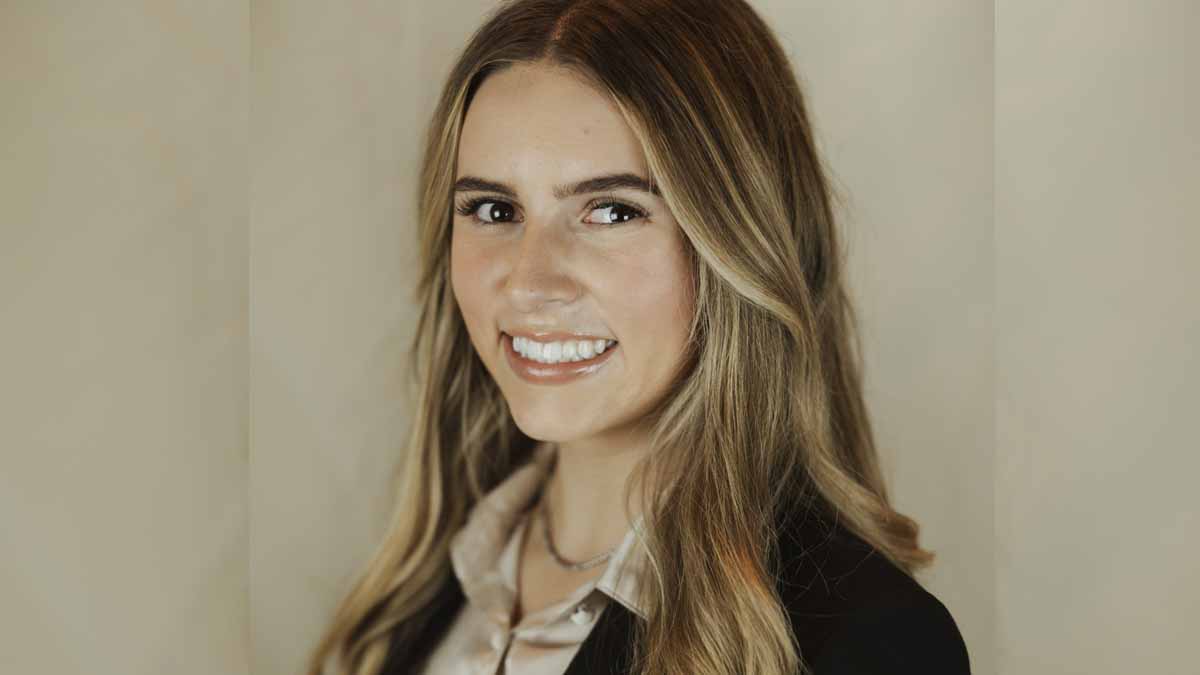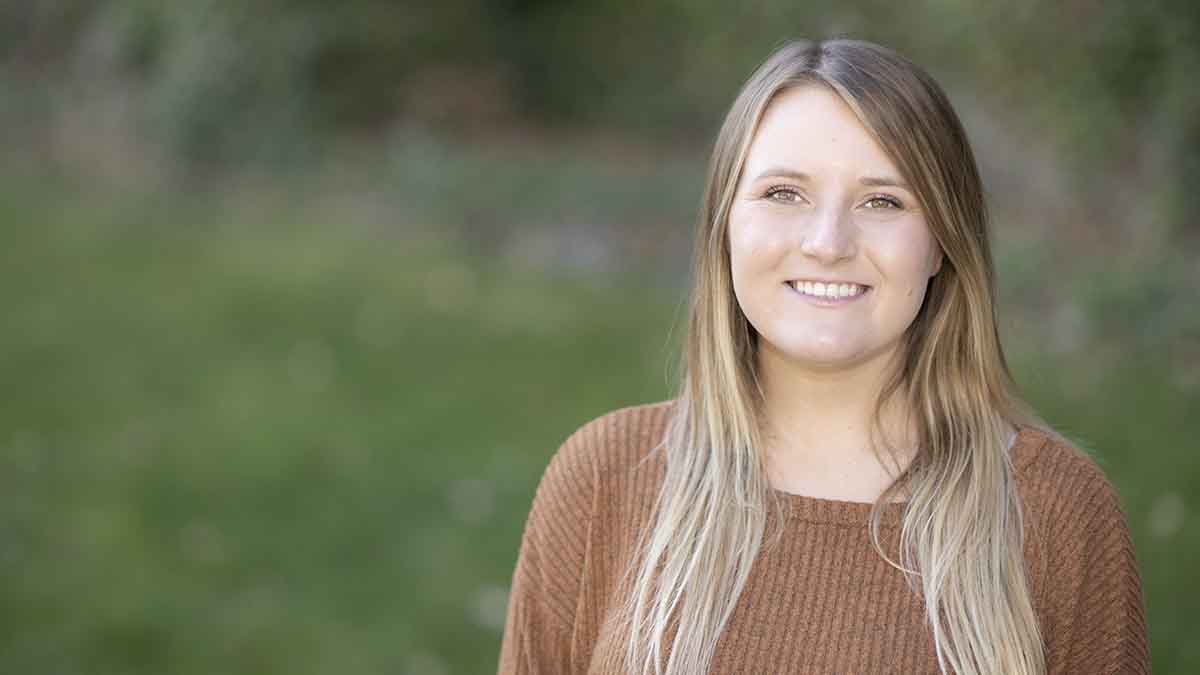Catching Up with CALS — Feb. 21, 2024
Dean's Message — A True Asset
Armando Falcon-Brindis, the new entomologist based at the University of Idaho’s Parma Research and Extension Center, cited several reasons for his decision to accept a job with the College of Agricultural and Life Sciences. First, he was impressed by our outstanding team of scientists in Parma and was eager to collaborate with them on research. His interactions were especially positive with James Woodhall, a plant pathologist whose work in disease monitoring and diagnostics is very important across multiple crops. Second, his interactions with stakeholders who were part of an external advisory group during his interview were incredibly positive and it was clear that his research was needed and would be put into practice. Finally, Falcon-Brindis mentioned the new Idaho Center for Plant and Soil Health — a modern, 9,600-square-foot building we opened in Parma last October containing laboratory space for research in nematology, pomology, plant pathology, microbiology and hops quality. There is also considerable space for “shared use.”
Historically, we’ve leaned heavily on faculty to maintain high-quality research at Parma despite dilapidated and insufficient facilities. Once a source of embarrassment, the facilities at Parma are now an asset to help us recruit top scientists and continue building research programs that benefit the region’s agricultural producers. On Feb. 20, we celebrated the dedication of the new state-of-the-art building, which represents a tremendous investment in agricultural research in a major seed production area that is home to 118 different crops. Our operations in Parma were nearly shuttered in 2009, as budgets declined, and our research team dwindled to just a few faculty members. Fortunately, the State of Idaho and stakeholders recognized the vital importance of the 200-acre research facility and formed the Treasure Valley Ag Coalition to keep it afloat. We averted closure and are now actively adding personnel and investing in our facilities at Parma. Once again, success at Parma has been made possible by teamwork involving the university, the state and agricultural stakeholders. In addition to $1.5 million from the university and $7.8 million from the state, stakeholders raised $3 million toward the building.
In 1922 U of I entomologists were sent to Parma to help address an outbreak of alfalfa weevil. Industry funded the construction of a permanent entomology field station in Parma in 1925. Another important, though less celebrated, date in Parma’s history occurred on May 15, 2019, when members of the state’s Joint Finance-Appropriations Committee (JFAC) toured our half-century-old Parma facilities to witness firsthand the sorry state of the research and Extension center.
We hope to use the Parma success story as a template for our Kimberly Research and Extension Center, where facilities are also in disrepair and infrastructural investments must be among our next top priorities. Complicating the challenges of age at these research and Extension centers, we’ve failed to keep up with deferred maintenance. New buildings designed to accommodate scientific research aren’t cheap to operate. At the new Idaho Center for Plant and Soil Health, for example, it will cost nearly $15,000 annually just for preventative maintenance and filter changes involving a sophisticated air-handling system that creates positive pressure to remove airborne contaminants. As we look ahead toward other future goals, this new facility at Parma speaks to our potential. When we have a clear vision and the right people come together, we can make our loftiest ambitions come to fruition.

Michael P. Parrella
Dean
College of Agricultural and Life Sciences
By the Numbers
The Innovative Agriculture and Marketing Partnership (IAMP), a collaboration led by University of Idaho, is set to revolutionize farming practices on more than 200 farms with a $55 million USDA grant. It’s expected to prevent 31,000 to 70,000 metric tons of carbon dioxide equivalents from entering the atmosphere annually, while also offsetting the consumption of 6 million gallons of gasoline annually. The program will pay producers $38 to $74 per acre annually for enacting designated sustainable agricultural practices, allowing producers to stack practices to increase incentives. The program aims to enroll its first producers in the spring of 2024.
Our Stories
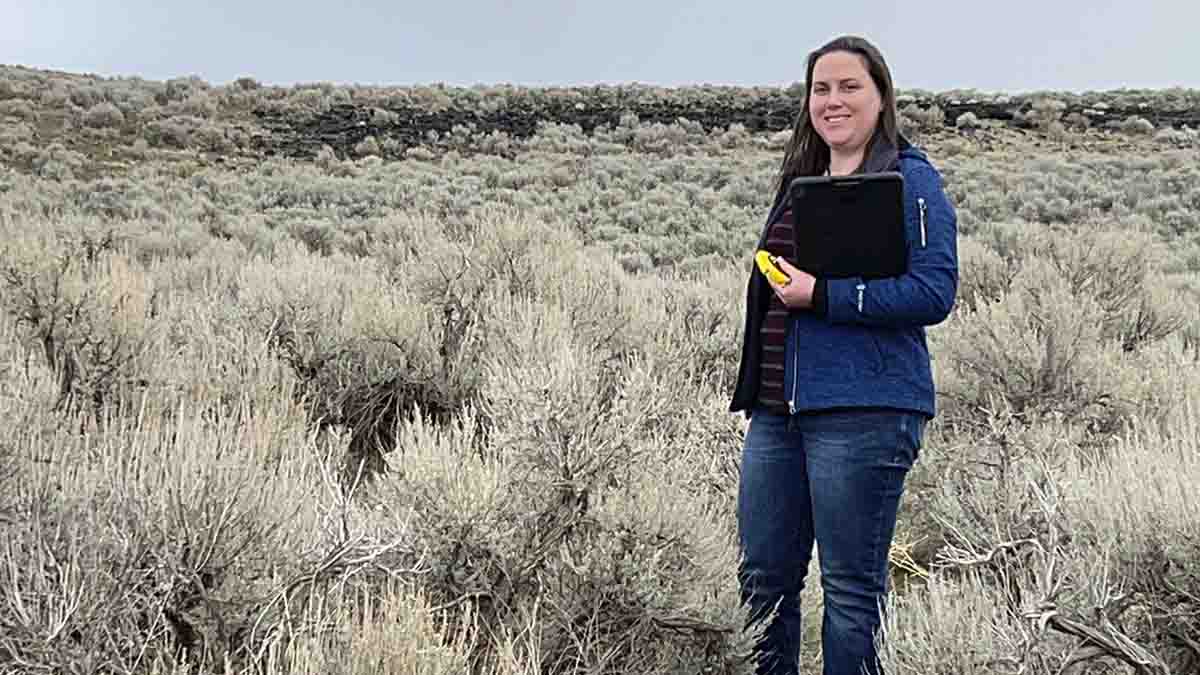
New Rangeland Economist
Jessica Windh was a part-time student at Fresno State University still pondering career options when she read a brief passage about rangeland management and began to imagine a life spent exploring the scenic, open spaces of the West.
Windh, who was raised in Central California, was hired last November to be University of Idaho Extension’s rangeland economist, a position vacated several years ago when Neil Rimbey retired.
Out of high school, Windh earned an emergency medical technician license and spent some time working on an ambulance crew, but she passed on the medical field, as it wouldn’t allow her to spend enough time outdoors. She also worked as a seasonal lab technician for a University of California Agricultural Experiment Station, gathering data on fungal diseases affecting tree nuts, and considered studying agricultural weed and pest management.
She found a career path that appealed to her wanderlust, however, when she read a single paragraph in an environmental science textbook describing the science of rangeland management, though she had no experience with range or livestock. A short while later, she enrolled full time at the University of Wyoming, where she earned a bachelor’s degree in rangeland ecology and watershed management, with a minor in agricultural economics.
She went on to earn a master’s degree from the University of Wyoming and a doctorate from the University of Nebraska at Lincoln, both in agricultural economics.
“I was taking all of these range classes and I was thinking, ‘We’re learning all of these principles, but do they actually work financially on the ground?’ We know ranchers aren’t going to do things if they’re not going to pencil out,” Windh recalled.
For her master’s thesis Windh studied the economics of a method of rotational grazing — grazing cattle in smaller pastures and moving them every month or so compared with leaving them in a single large allotment for the full season. Rotational grazing proponents argue it results in less wasted forage and allows grasses more time to recover between grazing, among other benefits. Windh concluded producers in both groups of her study broke even financially, after factoring in slightly reduced weight gains and added labor costs of fencing and moving cattle associated with rotational grazing against federal incentives paid to ranchers who practice it.
Her doctoral dissertation evaluated the economics of grazing cover crops to supplement rangeland grazing. She also worked part time for the Sustainable Rangelands Roundtable — a group of range professionals including university, government, nongovernmental organizations and ranchers who discuss solutions to rangeland issues — from 2017 until shortly before joining U of I. Windh edited publications, represented the organization at trade shows and presented its work at conferences, and in that capacity, she networked with many top rangeland scientists.
Windh learned about the rangeland economist opening at U of I through a colleague and thought, “That’s exactly what I want to do with my life.”
In her first few months on the job, working from the U of I Twin Falls Research and Extension Center, she’s been focused on meeting other researchers and industry stakeholders, attending several industry meetings and laying the groundwork for future collaborations.
“I’m super interested in the long-term economics of invasive weed management — Medusahead and cheatgrass and basically looking at if it is worth treating them,” Windh said.
Windh has joined a collaborative study involving U of I’s Rangeland Center and the U.S. Forest Service on dormant-season grazing in the Caribou-Targhee National Forest and the Curlew National Grassland. The study is evaluating the efficacy of bringing in cattle to graze in the late fall and early spring to target annual invasive weeds that green before native perennial plants.
She’ll also be working with UI Extension rangeland researchers Melinda Ellison and Joel Yelich on a project analyzing virtual fencing in the Salmon-Challis National Forest, in an allotment that was partially burned in the summer of 2022 by the Moose Fire. Typically, grazing on federal allotments is restricted for two years following a fire. In this special case, virtual fencing cordoned off the burn area, allowing cattle to graze the intact areas. Windh will analyze data from the project to determine if the value of the forage was worth the investment of time and resources.
Windh loves hiking, snowshoeing and being out in nature, and she’s eager to explore Idaho’s open spaces in her new role.
“I think having a rangeland economist really completes the picture of the rangeland science that’s happening in the state,” Windh said. “All of this management that is being studied and put out by other rangeland ecologists, you can add to that and see what the economic benefits are. Just adding that extra component to all that research is super valuable.”
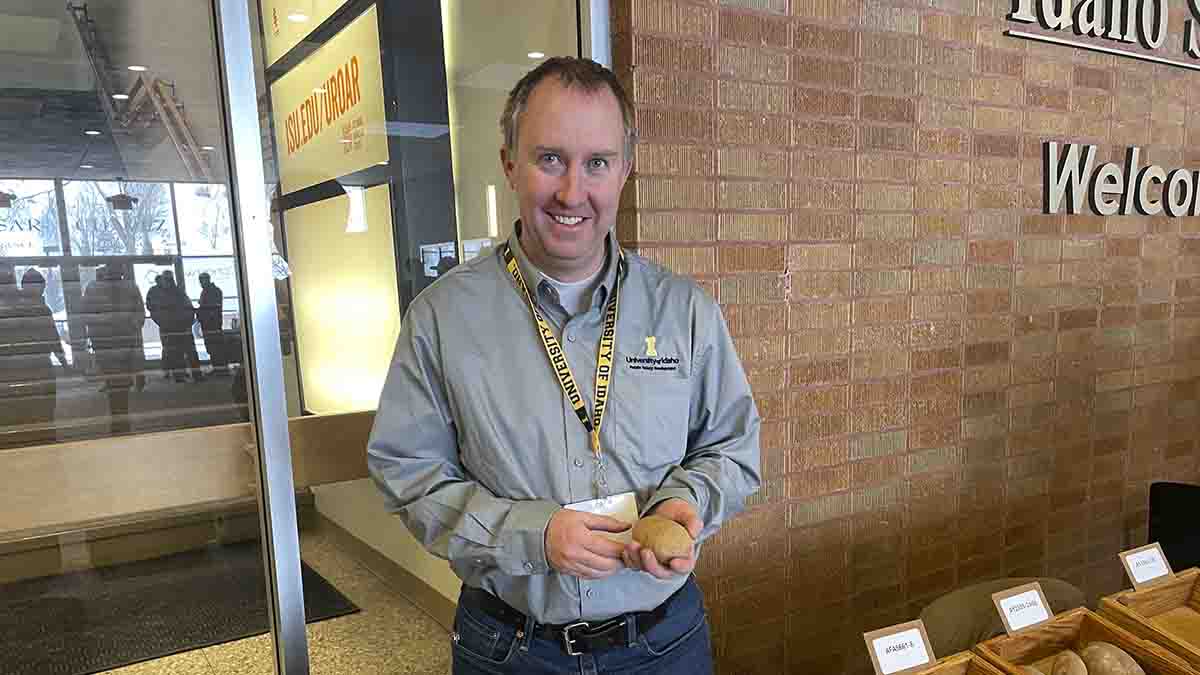
Spud Selection Tool
A recent University of Idaho study concluded that for most, but not all, potato cultivars, the length and width of the finished tubers is influenced by growing conditions.
The study findings support the possibility of using potato variety trial data to create a predictive model for selecting cultivars capable of growing to optimal dimensions when raised anywhere in the Pacific Northwest. Length-to-width accounts for 13% of the overall potato postharvest score in variety trials done by Washington State University (WSU), and processors value elongated tubers as they can be cut into fries with minimal waste.
Rhett Spear, an assistant professor of plant sciences who conducts potato variety evaluations at the U of I Aberdeen Research and Extension Center, spearheaded the project, reviewing 15 years of trial data from Aberdeen; Othello, Washington; and Hermiston, Oregon.
While some cultivars evaluated were extremely sensitive to their environment, a handful, such as Palisade Russet, produced tubers of a consistent size and shape regardless of growing location and variability in conditions. The length and width of most cultivars was moderately sensitive to growing conditions.
“Collectively, our results suggest an opportunity for genetic selection of elongated potato phenotypes that are stable across locations with minimum variation in length and width,” Spear said.
Spear’s research team also included Julia Piaskowski, director of statistical programs with U of I’s College of Agricultural and Life Sciences; Jacob Blauer, an assistant professor of potato physiology with WSU; Mark Pavek, a professor specializing in potatoes with WSU; and Richard Knowles, a professor emeritus with WSU.
Among the many variables evaluated, the study shows that prolonged exposure to higher heat can lead to shorter and rounder potatoes. Other variables that may impact tuber shape include day length, with longer periods of dark during the growing season contributing to an increase in tuber length.
Though no two growing seasons are exactly alike, Washington potato farmers typically have a 15- to 20-day longer growing season with warmer weather than farmers in eastern Idaho. Eastern Idaho farmers have about 25 minutes more darkness and temperatures that average 5 to 7 degrees cooler during the crucial bulking period of potatoes.
“It may not be 100% perfect but based on the statistics here and the information we’ve gathered, if we have a certain length to width here in Aberdeen, we could predict with a certain amount of accuracy what that length to width would be in Washington, for example,” Spear said. “This seems to have been anecdotal for years but it’s good to put some numbers to it and show there really is a difference.”
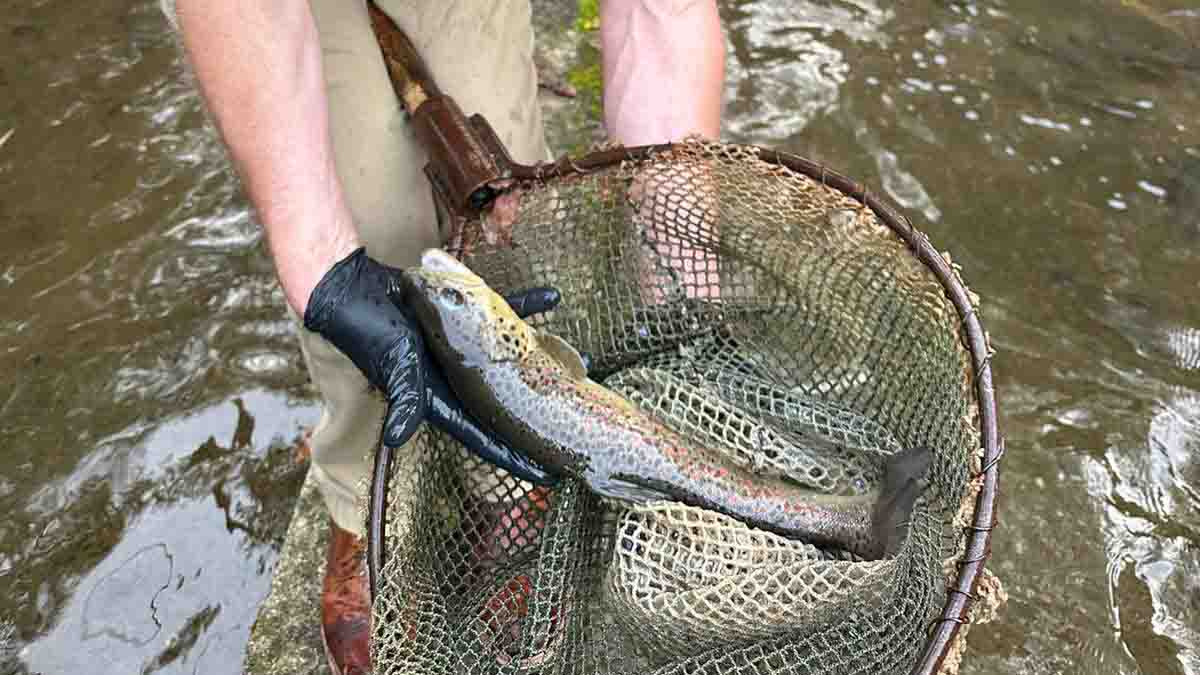
ARI Aiding Aquaculture Abroad
Scientists with University of Idaho’s Aquaculture Research Institute (ARI) are leading an effort to establish rainbow trout production as a significant industry in the transcontinental country of Georgia.
Trout are popular fare in Georgia, a former Soviet Republic located in the Caucasus region in Eastern Europe and West Asia. While Georgia possesses the natural resources and much of the infrastructure necessary to scale up its domestic fish production, it lacks expertise in aquaculture and currently imports most of its trout from bordering Turkey.
The U.S. Department of Agriculture’s Foreign Agricultural Service (FAS) identified trout production as an agricultural sector in Georgia with tremendous growth potential. FAS officials contacted ARI Director Brian Small to lead the Caucasus Agricultural Development Initiative (CADI) — a project teaching modern aquacultural practices to Georgia’s existing fish producers, while also preparing native Georgians to become aquaculture trainers.
“That speaks really well for the reputation that we have here, nationally as well as internationally, that they quickly identified ARI as the go-to trout experts,” said Jacob Bledsoe, a U of I assistant professor and aquaculture research and Extension specialist who serves on the CADI team.
The team also includes Small, ARI Associate Director Matt Powell and Dr. Stephen Reichley, a fish health expert with Mississippi State University’s College of Veterinary Medicine.
The project is initially focused on bolstering aquaculture within Georgia’s Adjara region, a popular tourist destination located on the Black Sea’s southeastern coast.
“The Georgian agriculture ministry would like to have stronger rainbow trout production, supplying whole-body, head-on gutted trout to serve the tourism industry,” Bledsoe said.
While there are a few modern aquaculture facilities in Georgia, many fish farms are more rudimentary, operating out of earthen ponds. USDA employees with the U.S. Embassy in Georgia conducted surveys prior to the start of CADI to identify current fish farmers and to document the scope of aquacultural expertise in the Adjara region.
Bledsoe, Small and Reichley made the first of three weeklong trips to Georgia in October of 2022 and toured many of the fish farms identified by the survey. A few of the modern facilities have agreed to serve as demonstration farms for less sophisticated farms seeking to modernize.
The three researchers returned to Georgia in June of 2023 and again in October of 2023. During the trips, they’ve given farmers equipment and supplies, such as microscopes to aid in diagnosing diseases and kits for testing water quality. The CADI team identified poor disease diagnostics as a challenge in Georgia. They have a research project underway at ARI’s Hagerman Fish Culture Experiment Station to bulk sequence DNA swabs from Georgian fish farms to identify the major bacteria, viruses, fungi and parasites of concern. Based on the findings of this study, the CADI team aims to identify the most appropriate medications and therapeutants, before working with importers and regulators to help make them available to Georgian farmers.
The trainers they’re educating will work with the nonprofit agricultural outreach program Farmer of the Future to develop short courses for aspiring fish farmers.
They’ve also provided data loggers, which will be placed at certain fish farms to remotely monitor water quality over the course of a year. Interns from a newly created Aquaculture Extension Center associated with Georgia’s Batumi Shota Rustaveli State University will travel to farms and oversee data collection.
In March, a group of 10 to 15 Geogian fish farmers, as well as representatives from the country’s new Extension center and the Ministry of Environmental Protection and Agriculture of Georgia, will spend a week at ARI’s Hagerman facility learning about the U.S. trout industry.
The CADI team has evaluated Georgia’s supply chain constraints and aims to identify new sources of feed and trout genetics. The project could open markets for U.S. aquaculture germplasm, soybeans and fish feed suppliers.
“We have a year or two ahead of us to wrap up things in Ajara,” Bledsoe said. “Time will tell if FAS wants to continue to expand this and roll out into other regions under the CADI umbrella.”
The project, “Bolstering Fish Culture Education, Extension and Outreach in Georgia,” is supported by a grant through USDA-FAS for up to $1 million over five years, with the federal award No. FX22TA-10960R006.
Faces and Places
UI Extension educators Audra Cochran, Jessie Van Buren and Meranda Small were joined by several Lewiston area beef producers to label beef chubs at the Idaho Food Bank headquarters in Lewiston in support of the Beef Counts program, which is an initiative that addresses food insecurity by providing high-quality beef to those in need.
Kathy Garofano, management assistant for UI Extension based at the Twin Falls Research and Extension Center, retires on Feb. 29 after 18 years of service.
UI Extension Pesticides Specialist Ronda Hirnyck retires on Feb. 29 after 26 years of service. Hirnyck joined U of I as a pesticide program coordinator in October 1997 and was promoted to statewide pesticide specialist in 2003 and professor 2010. She was awarded the Pioneer Award from the Idaho Pest Management Association in 2020 and the SOAR Award from the IR-4 Project in 2023.
Julia Dondero, a senior studying agricultural science, communications and leadership, was a panelist on a career panel for Washington FFA members at the Spokane Ag Show on Feb. 8.
Animal science graduate student Alex Pace placed first in the Association for Veterinary Epidemiology and Preventive Medicine Graduate Student Oral Presentation at the Conference for Research Workers in Animal Disease in January. She also recently placed second in both the U of I 3MT competition and the Idaho statewide 3MT competition. Her research focuses on understanding the impacts of wildfire smoke exposure on dairy cow health and production, and dairy calf health and growth.
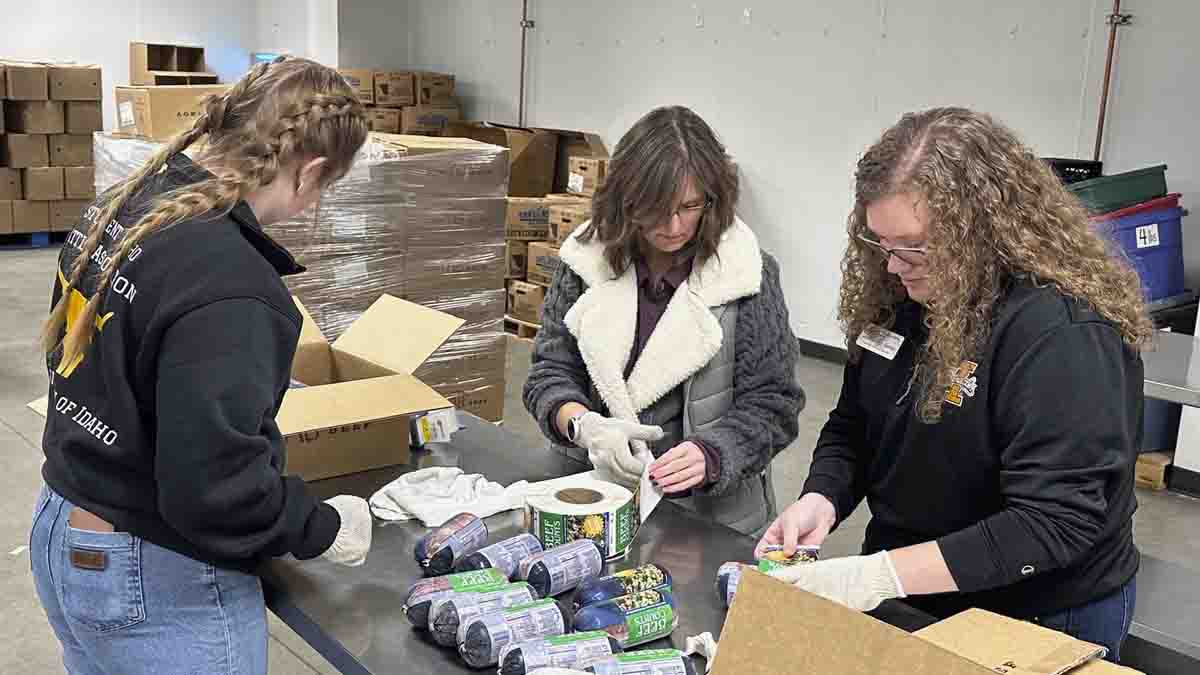
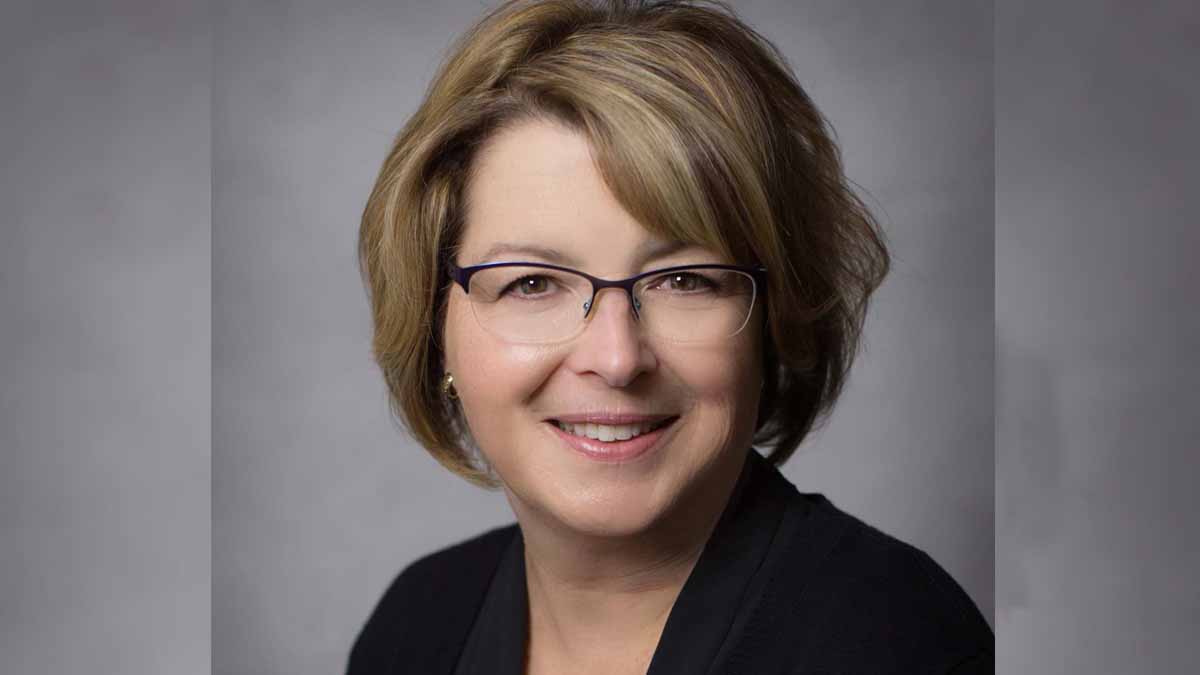
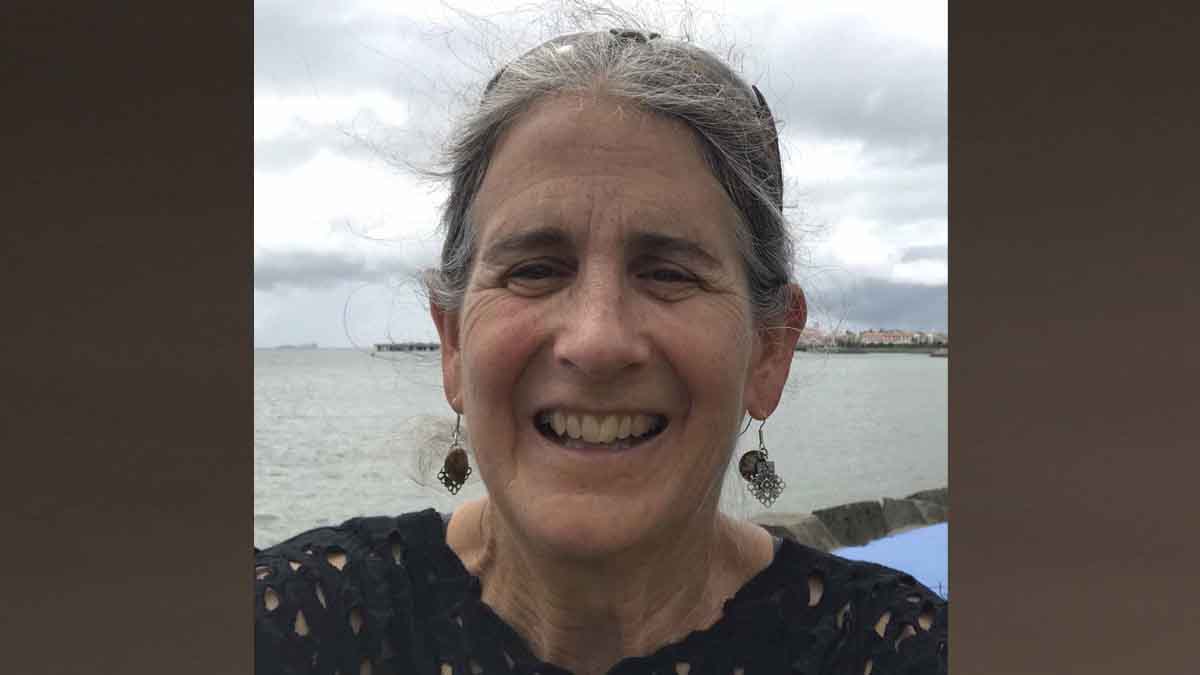
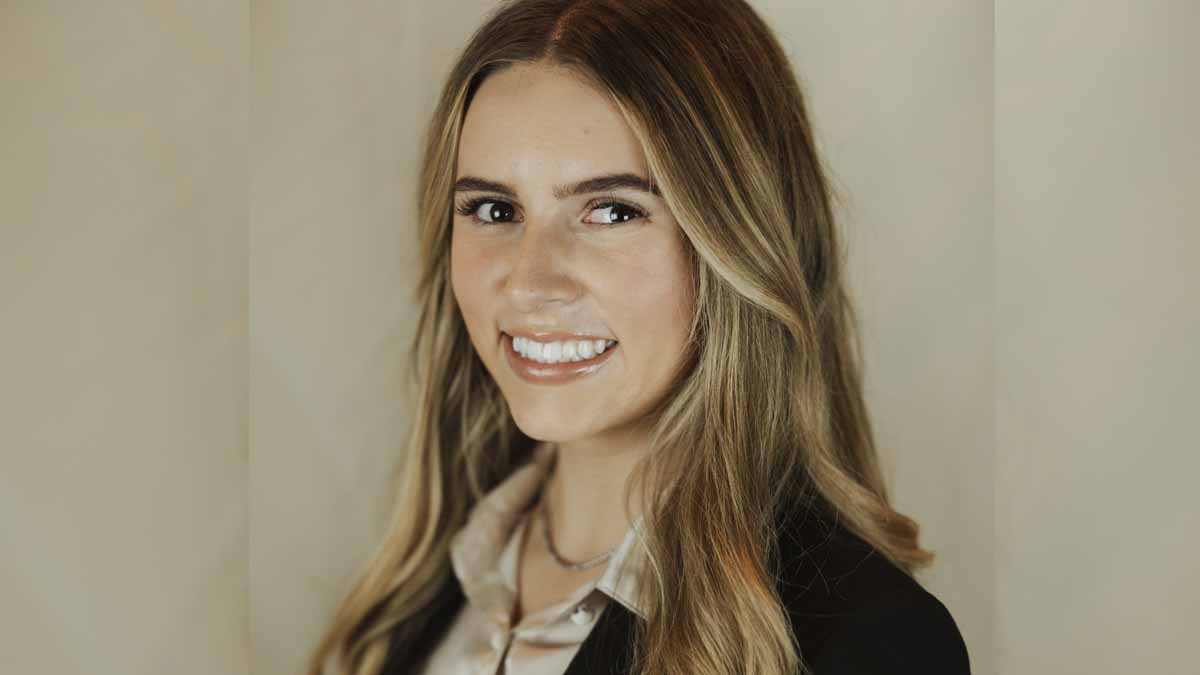
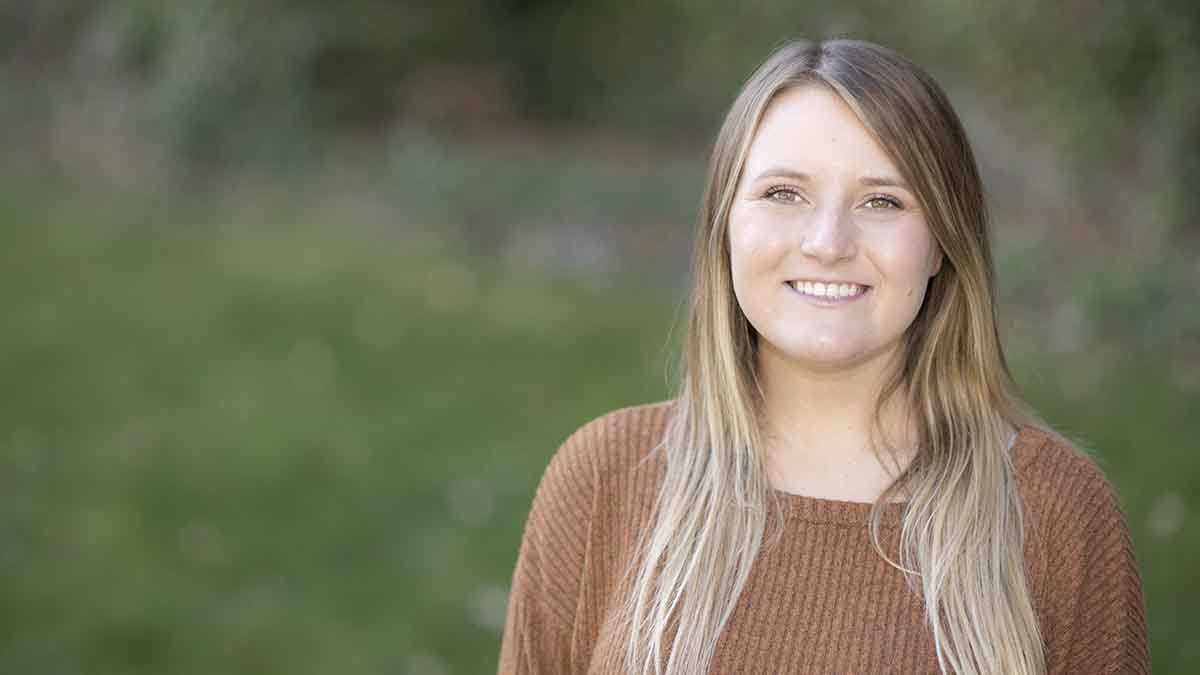
Events
- Feb. 21 — Heritage Orchard Conference, Sandpoint Organic Agriculture Center, Online
- Feb. 22, March 28, April 25, May 23 — Kids in the Kitchen Cooking Club, Online
- March 4 — CALS Awards nomination form closes March 4 at 5 p.m. Save the Date: Awards banquet (April 24) registration will open in March
- March 4-5 — Pollinator Summit, Latah County Fairgrounds
- March 12 — CALS Alumni and Friends Awards Reception, Boise
- March 19 — Marketing Farm Products Part 1, Online
- April 2 — Marketing Farm Products Part 11, Online
- April 2-3 — Vandal Giving Day, Online
- June 22-23 — Grass Identification Course, Rinker Rock Creek Ranch near Hailey
- July 17 — Twilight Tour, Aberdeen Research and Extension Center







